
Lynx will provide leaps in capability over Chandra and Athena including a factor of 50-100 gain in sensitivity via high throughput with high angular resolution, sixteen times the field-of-view for sub-arcsecond imaging, and high-resolution for both point-like and extended astrophsical targets.
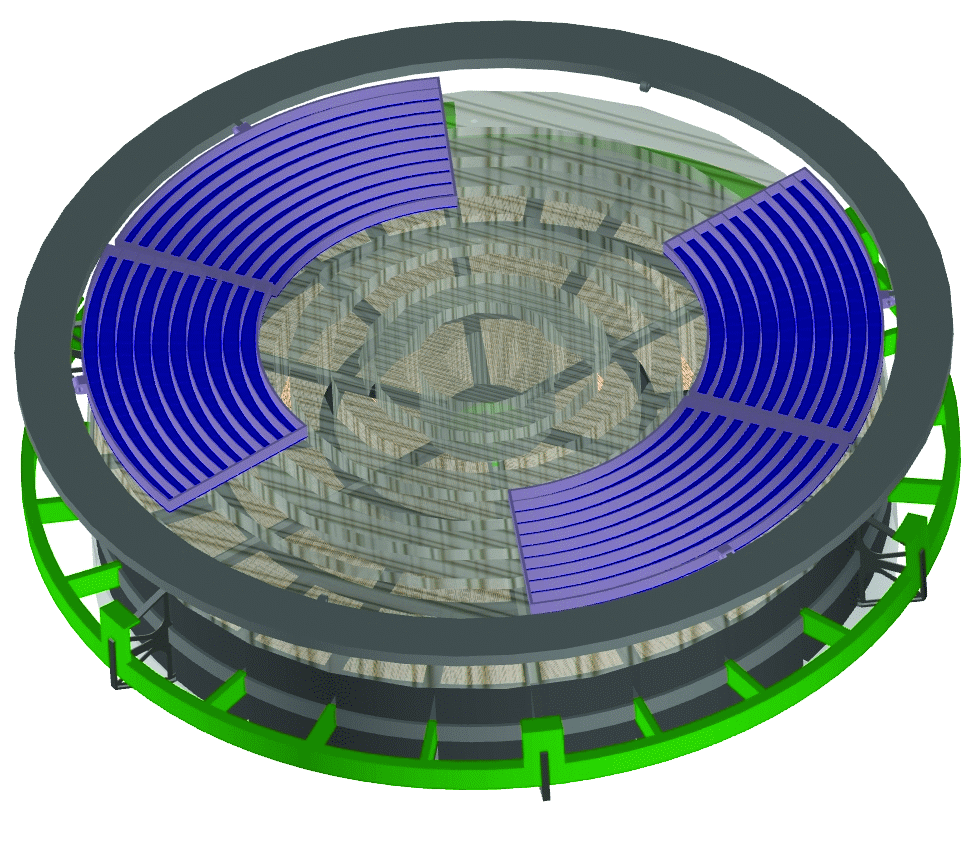
Lynx optics are an assembly of densely-packed, thin, grazing-incidence mirrors with an outer diameter of 3 meters and a total effective area greater than 2 m2 at 1 keV. The Lynx on-axis angular resolution will be 0.5" (50% power diameter) and sub-arcsecond resolution is maintained out to 10' off-axis.
Right: Lynx optical assembly with grating arrays shown in blue. The gratings cover 50% of the mirror aperture and can be retracted out of the optical path depending on science objectives.
The main array of the Lynx microcalorimeter will provide non-dispersive spectroscopy with better than 3 eV energy resolution over the 0.2-7 keV band and imaging with 1" pixels over a 5'x5' field of view. Several subarrays are optimized for (a) sub-arcsecond imaging, (b) 0.3 eV energy resolution, and (3) large, 20'x20', field of view.
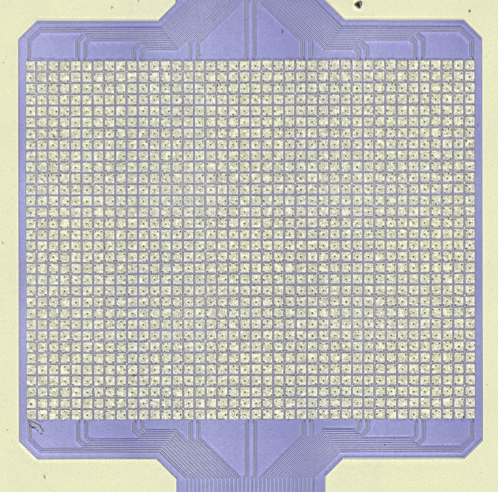

Shown (above) is a technology prototype for the main Lynx microcalorimeter array. Here, 50-micron-sized (1") absorbers, 1280 in total, are packaged into 4x5 pixel "hydras" that are connected to 64 transition edge sensors.
Designed for high-resolution imaging and wide surveys, the HDXI is comprised of an array of silicon sensors with ~0.3" pixels covering a field of view in excess of 20'x20' providing moderate (~100 eV) spectral resolution over the full 0.1-10 keV energy band.
High frame rates will minimize pile-up and provide at least 100 microsecond time resolution.
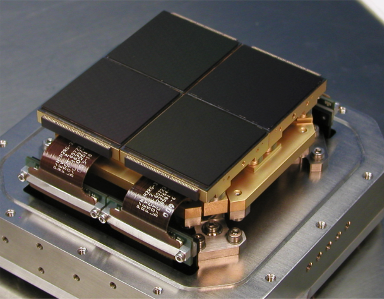
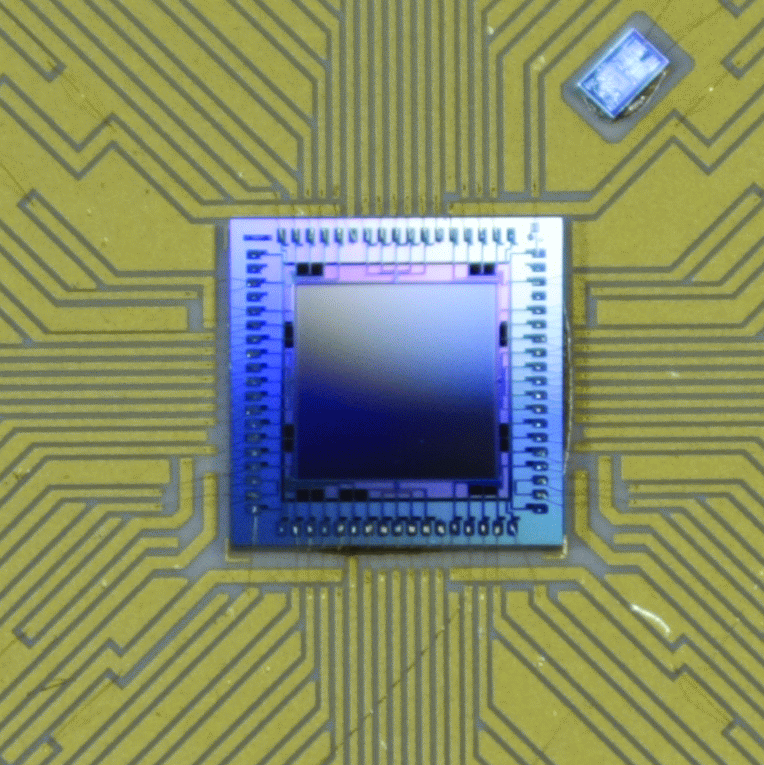
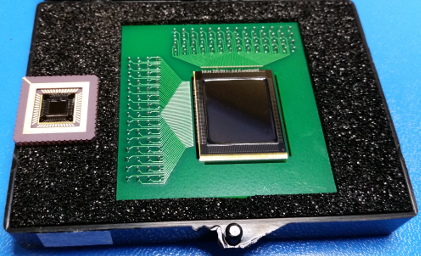
Three technology prototypes are shown including a hybrid complementary metal–oxide–semiconductor (CMOS) design (left), a digital CCD with CMOS readout, and (right) a monolithic CMOS detector.
Lynx gratings will provide extremely high resolving power, R > 5000, and effective area exceeding 4000 cm2 over the astrophysically-important X-ray emission and absorption lines of C, O, Mg, Ne, and Fe-L.
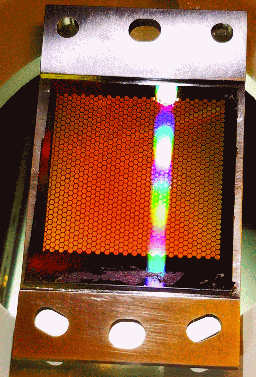
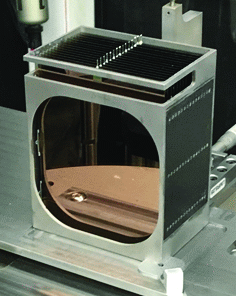
Two technology prototypes shown here are critical angle transmission gratings (left) and off-plane gratings (right).